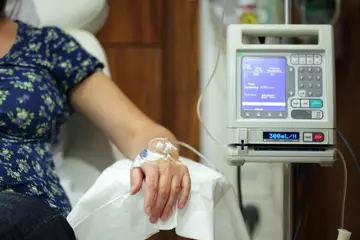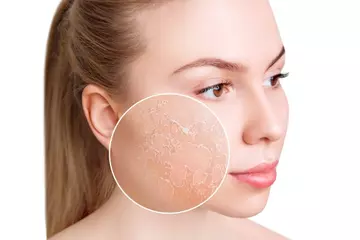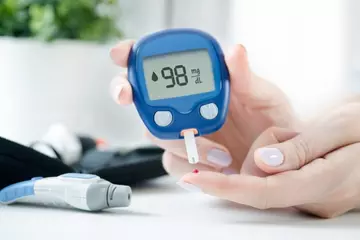What is Pinta?
Pinta, also known by other names, such as Azul, Tina, and Lota, is a rare infectious disease that affects the skin. This disease was first reported in the sixteenth century in Mexico. The prevalence of Pinta in the present times is not very well reported as it has become extremely rare.
What are the main signs and symptoms?
Pinta affects an individual in three stages:
- In the initial phase, the individual develops red spots and lesions on the arms and legs and other parts of the body. These spots or papules may become itchy and grow bigger in size.
- The secondary stage is characterised by the appearance of secondary skin eruptions called pintids. These appear on the areas where the initial lesions were present and are usually dry and crusty.
- The late stage of Pinta may occur after 2-5 years of the initial phase and involves the formation of white or colourless lesions. The individual may also develop thick and dry skin, which is patchy and wrinkled.
What are the main causes?
Pinta is caused by the bacterium Treponema carateum, and the organism spreads through direct contact. Due to improved personal hygiene and sanitation in general, the presence and spread of this organism have become nearly unknown. However, the condition is still endemic in certain developing countries, such as some African countries.
How is it diagnosed and treated?
The diagnosis of Pinta may take a long time since the disease in its initial stage may be confused for other skin conditions. The doctor usually takes a detailed history by inquiring about the travel history to check if the person has caught the disease from an endemic area. Other diagnostic tests include:
- Blood tests.
- Examination of tissue samples.
Pinta is usually treated with antibiotics, which are very effective in eliminating the bacteria and thereby resolving the symptoms. Pinta detected in the later stage may take relatively longer to treat. This disease is not prevalent in the United States but may occur in tropical areas, and hence travellers coming from and going to these regions can get tested if they experience the symptoms.
















